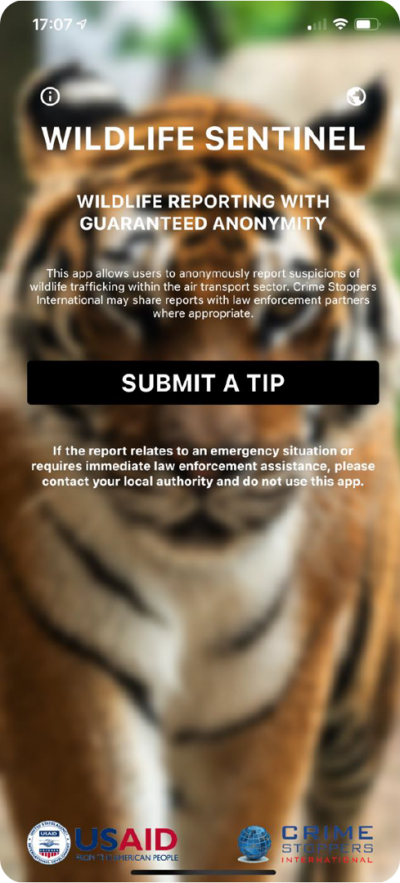Latest Projects
Microsoft UK’s SEEKER
 Project Carriers
Project Carriers
Microsoft UK,Heathrow Airport, The Royal Foundation’s United for Wildlife programme
Beneficiarieswildlife, humans
Userspeople working at transit points such as airport, port (transport sector)
Needprotection of the animal ecosystem, wildlife trafficking rates fell sharply during COVID
Principlesmake it impossible for traffickers to transport, finance or profit from illegal wildlife products, multispecies AI that scans luggage and cargos and automatic alert enforcement agencies upon detection of illegal wildlife
Main Technologies Involvedsimple installation at airports, Azure-based technology, machine learning, IoT, DevOps tools, scanned up to 250,000 bags despite few data on illegal wildlife trafficking
Sourceshttps://www.securitymagazine.com/articles/96564-ai-tracks-illegal-wildlife-trafficking-at-heathrow, https://news.microsoft.com/en-gb/2021/11/18/first-of-its-kind-multispecies-ai-model-to-detect-illegal-wildlife-trafficking-is-ready-to-roll-out-to-airports/ https://www.microsoft.com/en-gb/ai/ai-for-good
Coalition to end wildlife trafficking online
 Project Carriers
Project Carriers
tech companies, WWF, TRAFFIC, IFAW
Beneficiarieswildlife
Userscompanies, law enforcers
Needillicit wildlife trade results in unprecedented declines in a variety of species population, globally BLA countries have been recorded to have, prohibition of wildlife consumption
Principlescompanies are a key force in combating cybercrime, co-operation across business sectosr can help with implementation
Main Technologies Involvedsimple installation at airports, Azure-based technology, machine learning, IoT, DevOps tools, scanned up to 250,000 bags despite few data on illegal wildlife trafficking
Sourceshttps://www.worldwildlife.org/initiatives/wildlife-conservation https://www.worldwildlife.org/stories/tech-companies-remove-or-block-11-6-million-listings-for-prohibited-wildlife-and-products
Wildlife Sentinel
 Project Carriers
Project Carriers
Crime Stoppers International, USAID Reducing Opportunities for Unlawful Transport of Endangered Species (Routes), International Air Transport Association, NGOs
Beneficiarieswildlife
Usersstaff from airlines, at airports, aviation companies
NeedPlane Sight Report: trafficking in aviation was found in 136 countries, increase of 40% in wildlife seizures in air transportation, Combat against wildlife trafficking in aviation, immediate use once the app launched
Principlesan application for employees in the aviation industry to anonymously report suspicious activities, Form: flight details, location, details of the people involved Several languages are available: currently English, Spanish and Portuguese
Main Technologies Involvedmobile app to help stop the trafficking of wildlife in the aviation industry
Sourceshttps://www.traffic.org/news/new-mobile-reporting-app-is-helping-combat-corruption-and-wildlife-trafficking-in-the-aviation-industry/
Predictive Modeling of High-Risk Taxa
Project Carriers
WWF & TRAFFIC, tech companies
Beneficiarieswildlife, humans
Usersauthorities, companies, WWF
Needprevention of potential pandemics in light of COVID-19,link between health, wildlife exploitation and illegal traffic might accelerate
Principlesidentification of emerging trends in sale of species (online and offline) that may be in risk of zoonotic transmission and the potential hotspots
Main Technologies Involvedpredictive modelling tool: machine learning, big data system uses a mix of online search and data from social media, market research and other data sources
Sourceshttps://www.worldwildlife.org/initiatives/traffic

